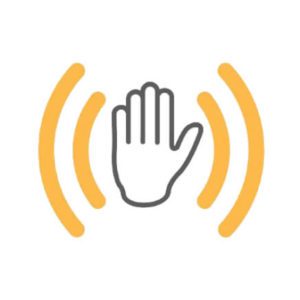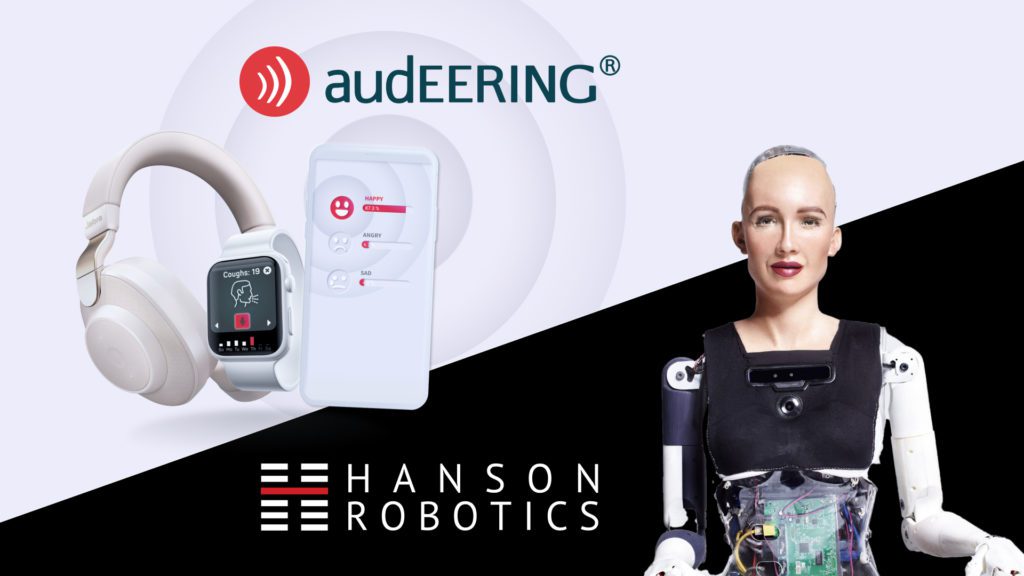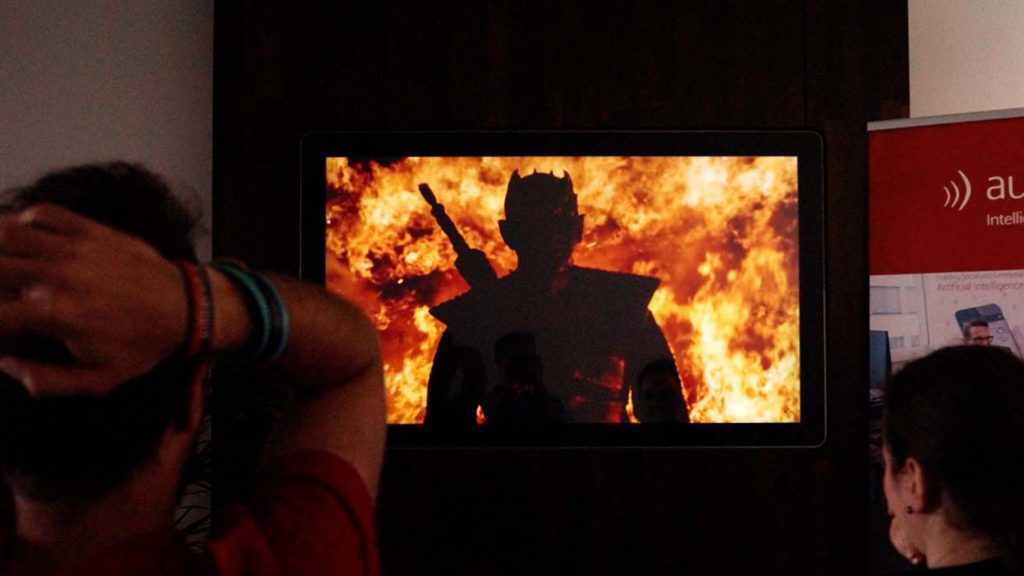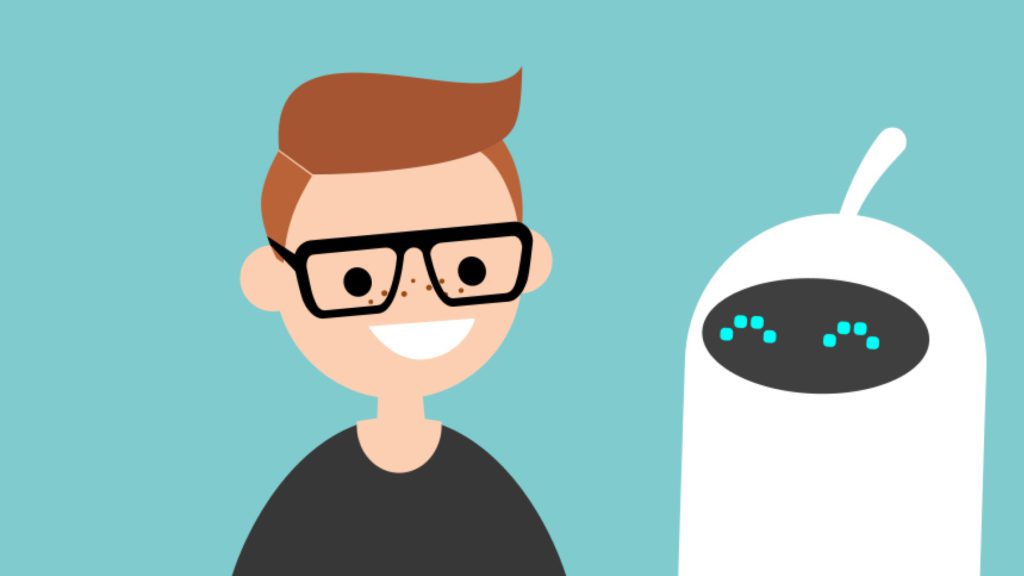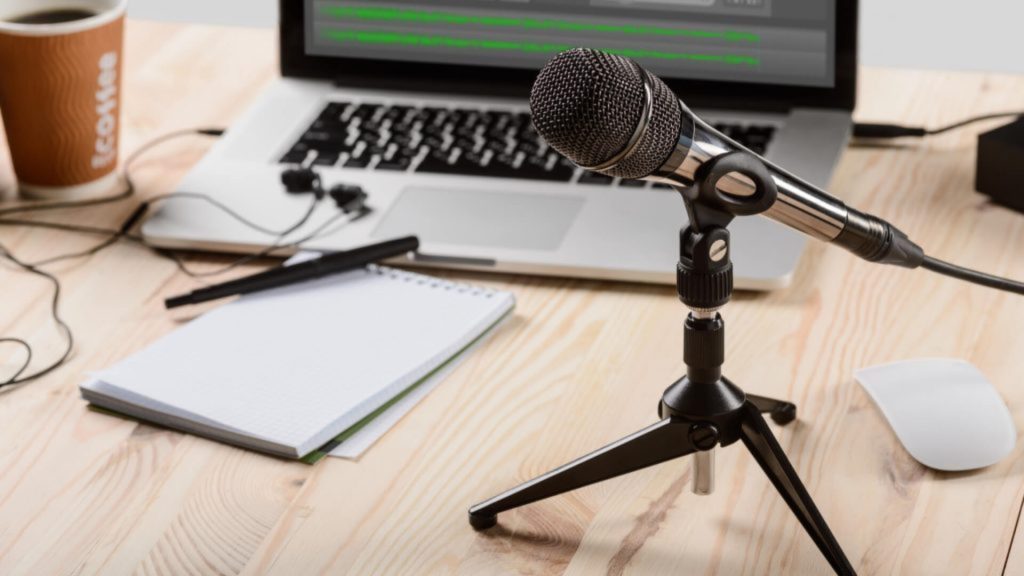Deaf (with a big „D“) describes the cultural identity of deaf (with a small d) people, who call themselves „Deaf“. Many years ago the education of deaf people focused on teaching them to speak, while beliefing this is the only way to be part of society. Thankfully this is not the case anymore – but there is still a lack of technology for the Deaf.
Intelligent Automatic Sign Language Translation
The EU research project EASIER aims to design, develop and validate a complete multilingual machine translation system to serve as a framework for accessible communication for deaf and hearing people. The aim is to enable near realtime (automatic) and non-realtime (human-in-the-loop) sign translation. EASIER draws on expertise from the fields of machine translation, computer vision, computer graphics as well as sign language linguistics and language resources, to place deaf individuals at the center of interaction whether it is at school, in the workplace or at home.
7 Sign Languages, 6 Spoken Languages & 14 Partners
The project starts with seven sign languages and six corresponding spoken languages. Therefore, EASIER formed a consortium of 14 partners from eight European countries to ensure a wide range of skills and technical knowledge needed to pursue the project’s objectives. The team includes representatives from the industry, higher education and research institutions, non-governmental organizations, research organizations, and SMEs. A key principle of EASIER is the involvement of deaf personnel in the entire research cycle.
audEERING’s Position as the World-Leading Innovator for Voice AI
A component of the project is concerned with the consideration of emotions and gender-specific aspects in language technologies. Investing in a big issue not only for the deaf community, the project concept is based on a unique combination of technological sign language resources and sign language linguistics expertise. This enables the use of a robust data-driven sign language recognition engine. Plus, the incorporation of a sign avatar that combines sign language grammar and prosody features to perform the most advanced synthetic sign language available today. In addition, it leverages the state-of-the-art machine translation technology that consumes both annotated and unannotated data to cope with a wide variety of application scenarios. Therefore, audEERING provides the emotional analysis of text, speech and emotional simulation of synthesized speech.
Horizon 2020
EASIER is funded by the EU’s Horizon 2020 program, the biggest EU Research and Innovation program. If you are interested in more information about this project, make sure to follow us on Social Media, as we will share news about it once in a while, and visit the website: https://www.project-easier.eu/


